A Harvard research team has used a layer-by-layer technique to assemble a nanostructured surface coating infused with a fluorocarbon-based lubricant.



A Harvard research team has used a layer-by-layer technique to assemble a nanostructured surface coating infused with a fluorocarbon-based lubricant.
Using new plasma method may reduce the unwanted side-effects of prostate cancer treatment.
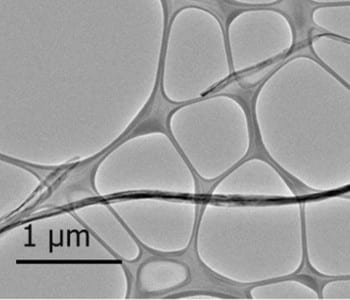
A team from Nanyang Technological University in Singapore has created long titanium nanotubes that show promise for use in fast charge/discharge batteries.
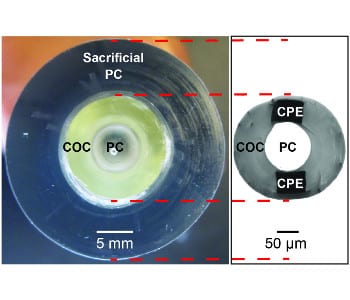
An MIT research group has developed highly flexible fiber probes for observation and stimulation of spinal cord activity.
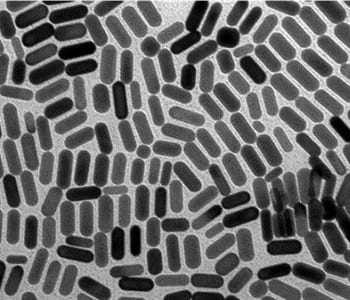
Chinese group develop a novel nanofiber-array sensor and experimentally demonstrate its potential in the detection and sizing of single nanoparticles.

American researchers have reviewed the current status of solid-state lighting, relative to its potential to be ‘smart’ and ultra-efficient.
Japanese researchers have reported a unique method for structural organization of engineered tissue construct.
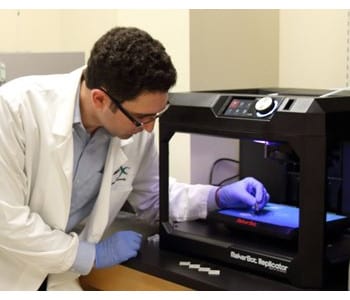
Researchers develop an innovative method for using affordable, consumer-grade 3D printers and materials to fabricate custom medical implants.
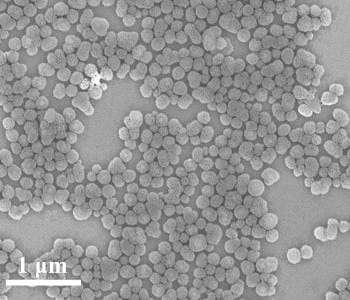
A smart nanomedicine that combines a pH-activated ratiometric probe with a therapeutic gold nanocage for combined cancer diagnostics and treatment.
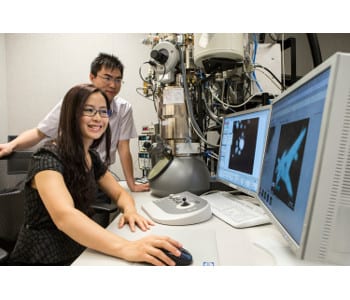
The first direct observations of how facets form and develop on platinum nanocubes point the way towards more sophisticated and effective nanocrystal design.